How To Set Up And Maintain A Healthy And Attractive Nano Aquarium
Freshwater nano aquariums can add a living snapshot of a natural river or stream ecosystem.
Freshwater nano tanks are popular for beginners and advanced hobbyists alike. Freshwater nano aquariums can add a living snapshot of a natural river or stream ecosystem. Nano tanks often do not require a specialized stand, since they are under 15 gallons with most under 10 gallons. With that in mind, be sure select a sturdy, level desk, table or counter-top that can support the of the tank — about 10 pounds per gallon. The tank should be in an area where you will be able to enjoy it most often, but it should also be away from direct sunlight, drafty areas, and doors, to reduce algae growth and temperature fluctuations. For tank size, I would recommend at least two gallons, but ideally between four and 10 gallons.
If you choose to keep live plants, make sure that you research the lighting requirements, placement and size. Many desktop aquarium kits only have decorative lights, which are not suitable for live plants. If you wish to keep live plants, try the Fluval Spec series and Fluval Flex or start from scratch and buy lighting unit for aquarium plants. In addition to the tank, filter, light, and heater, you will also need gravel or plant substrate, decor, thermometer, liquid plant food (if you are keeping live plants), an extra one or two-gallon bucket (for aquarium use only), a net and water conditioner.
When you set up the tank, be sure to wipe down the tank with a damp cloth and rinse out the gravel and decor. Then fill the tank about half way, aquascape the tank, and fill it up slowly to avoid disturbing the scape. Once full, treat the water with dechlorinator or water conditioner and add your filter and heater. The filter can be plugged in immediately while the heater needs to wait 30 minutes to allow the temperature inside to adjust. If you have live aquatic plants, keep the light on a timer for 8-10 hours, otherwise only keep it on when you are viewing or feeding the tank. Let the tank cycle without fish for at least five days to allow a healthy population of beneficial bacteria to develop. Fish and creatures that suitable for tanks between two and 10 gallons include betta, cloud white mountain minnows, guppies, sparkling gouramis, chili rasboras, and clown killifish. Make sure that you acclimate new fish by floating the bag for 20 minutes unopened, adding a half cup of tank water into the bag then waiting for another 10 minutes before netting the fish into the tank. Only add one or two fish every two weeks to allow the nitrogen cycle to adjust. Adding too many fish at once can cause a spike in ammonia and nitrite, which can stress if not kill your fish.
For maintenance, you should feed the fish and check the temperature and health of fish daily. To avoid overfeeding, only feed as much as they can eat in one minute or one to two medium-sized flakes per fish or two to three 1 mm pellets per fish. Healthy fish are actively swimming, have no white spots and have upright fins. Test the water's pH, Ammonia, Nitrite, and Nitrate once a week with aquarium test strips. The ammonia and nitrite levels should be zero. If they aren't zero, then add an aquarium bacteria supplement, which adds denitrifying bacteria to break down ammonia and nitrite. The nitrate can be up to 40 ppm, any more then do a 25% water change. The ideal pH will depend on the type of fish you are keeping. Generally speaking, the pH shouldn't be adjusted unless it is really far off because fluctuations in pH can stress the fish.
Every other week, do a partial (20% to 30%) water change. A Biorb Cleaning hose and pump will make it easier to change water while also cleaning the gravel. Many gravel vacs and siphon kits are too large for most freshwater nano tanks, but the Biorb cleaning hose & pump is smaller and has a grid at the end to prevent fish from being sucked up. When performing a water change, clean panels of the tank with a magnetic algae scraper. The Nano mag works well for small glass tanks while the Aqueon mini aquarium magnet works for acrylic tanks. When adding water back into the tank, make sure to treat it with a water conditioner to remove chlorine and heavy metals. To avoid disturbing the fish and the scape, scoop the clean water into the tank using a cup. Add liquid plant nutrients as directed by the label. Every 6-8 weeks or whenever the filter cartridge clogs, replace the filter cartridge. With the proper tools and techniques, you can maintain a healthy and thriving freshwater nano aquarium with ease.



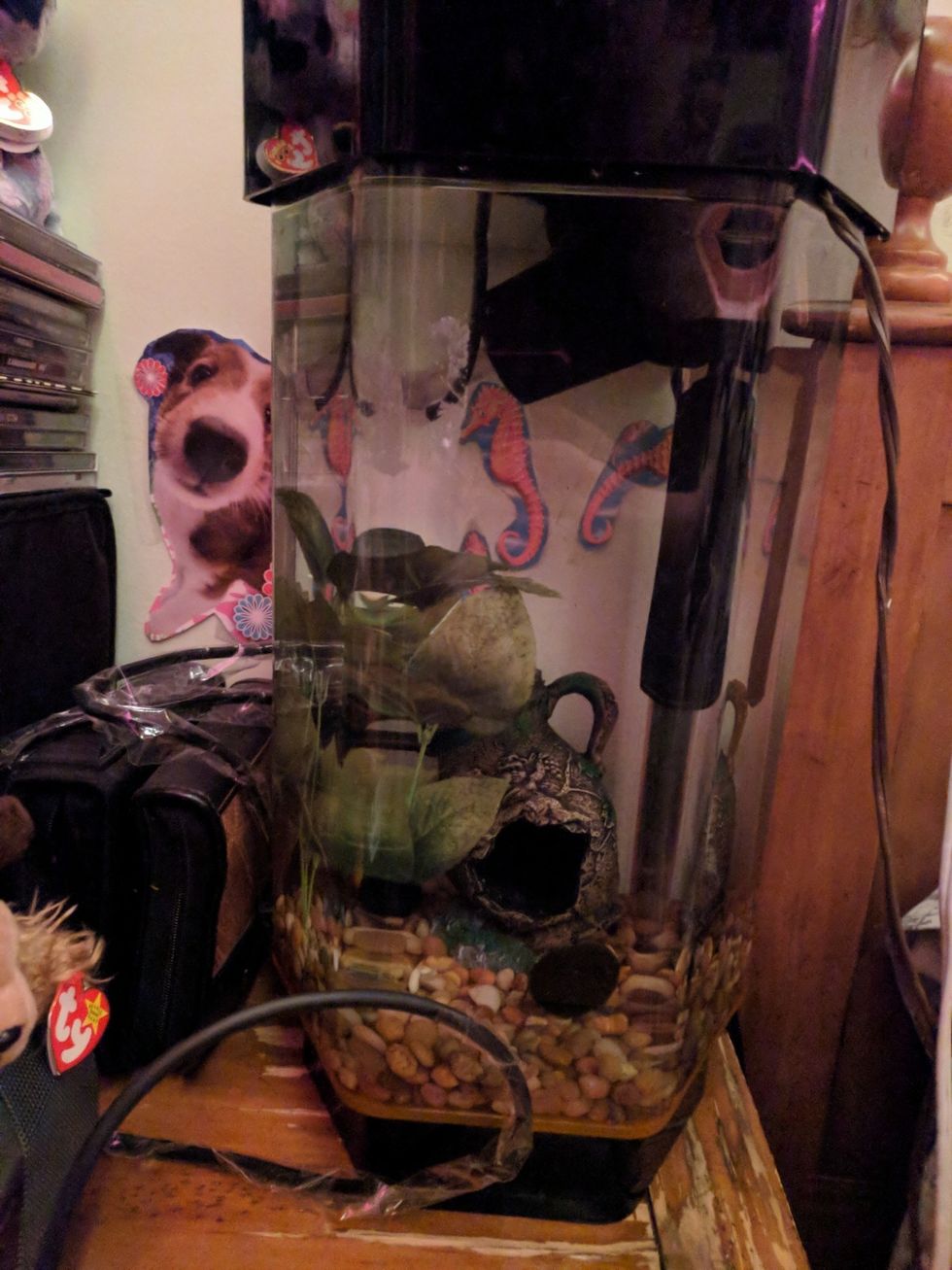

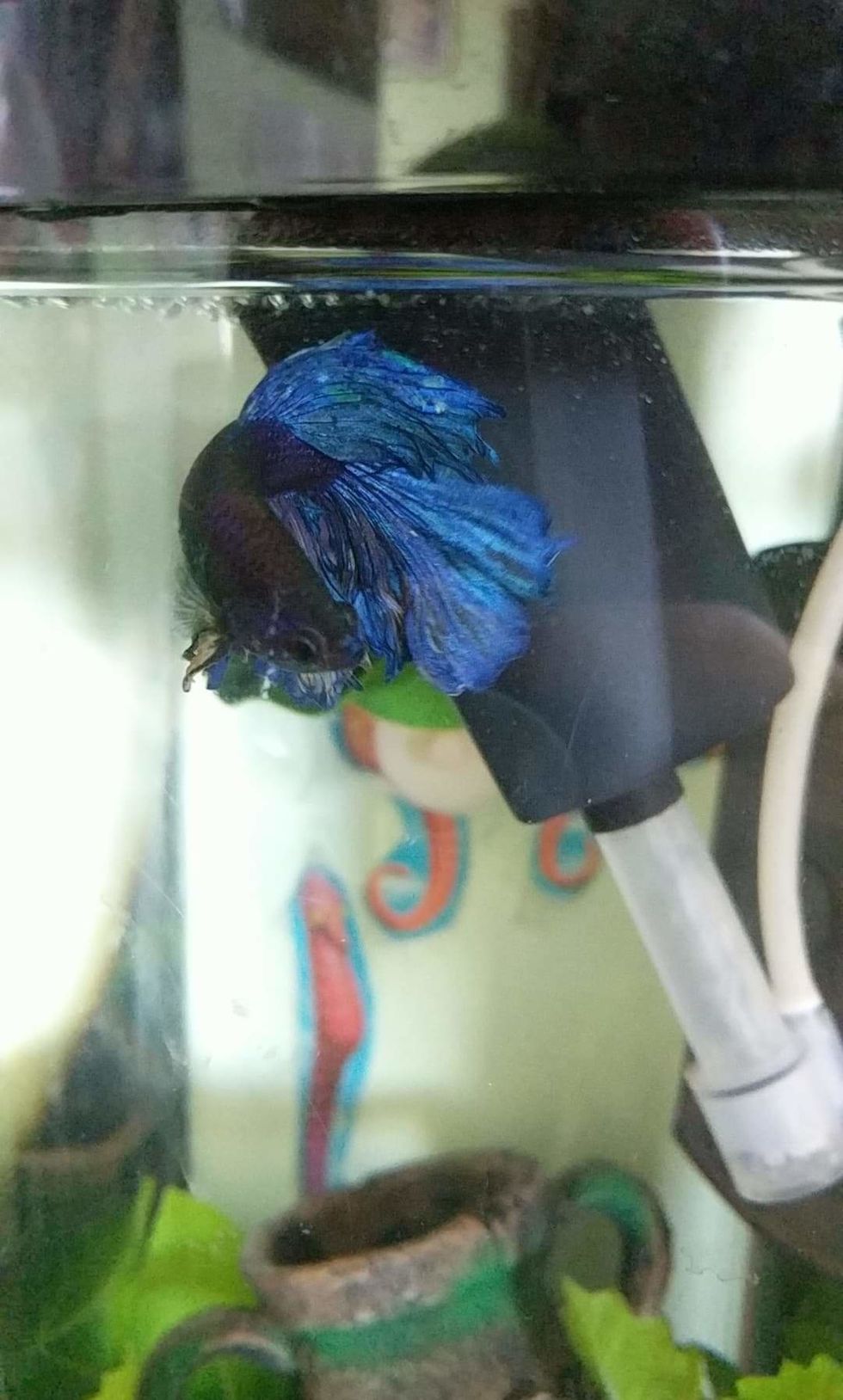
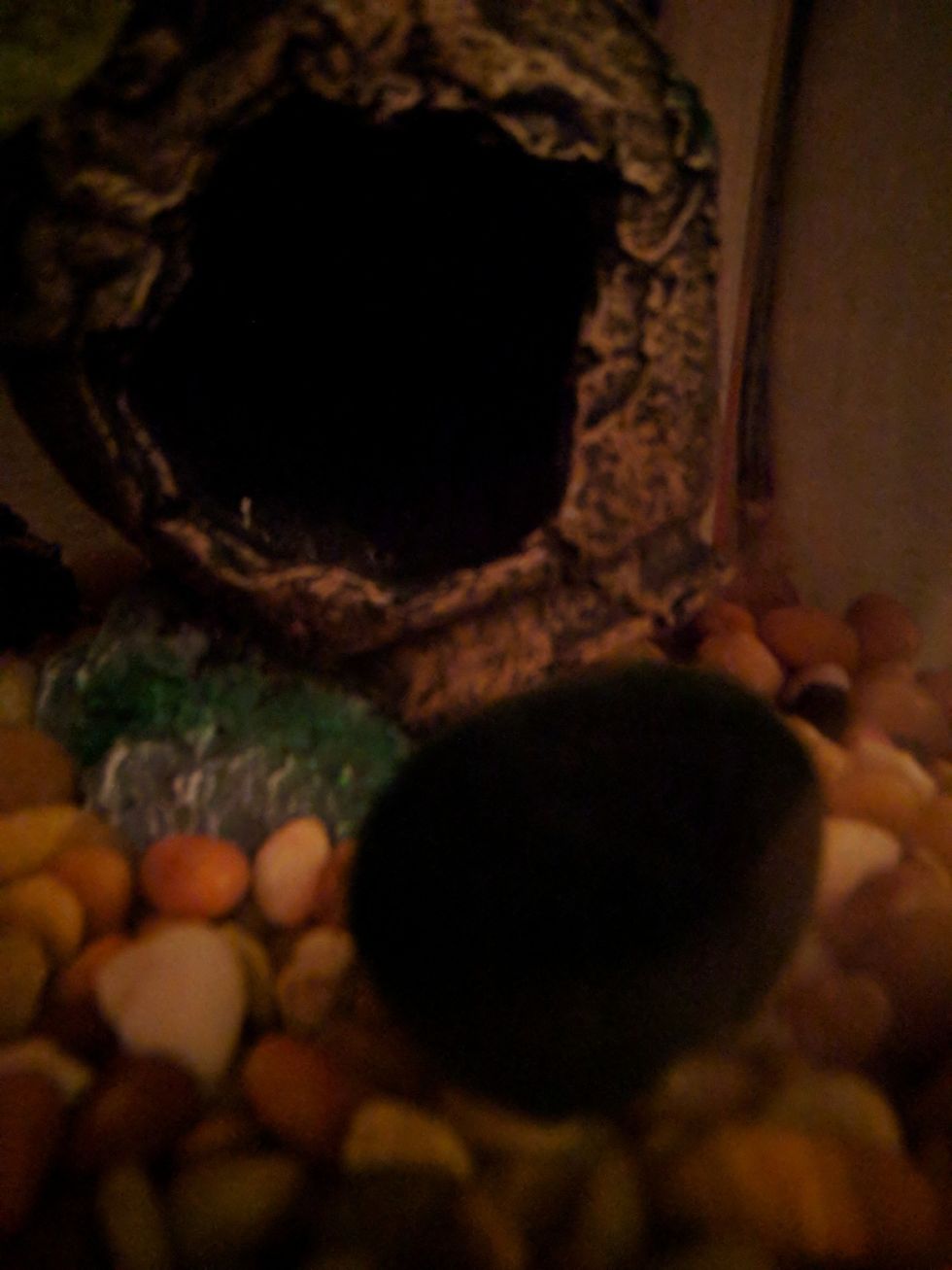



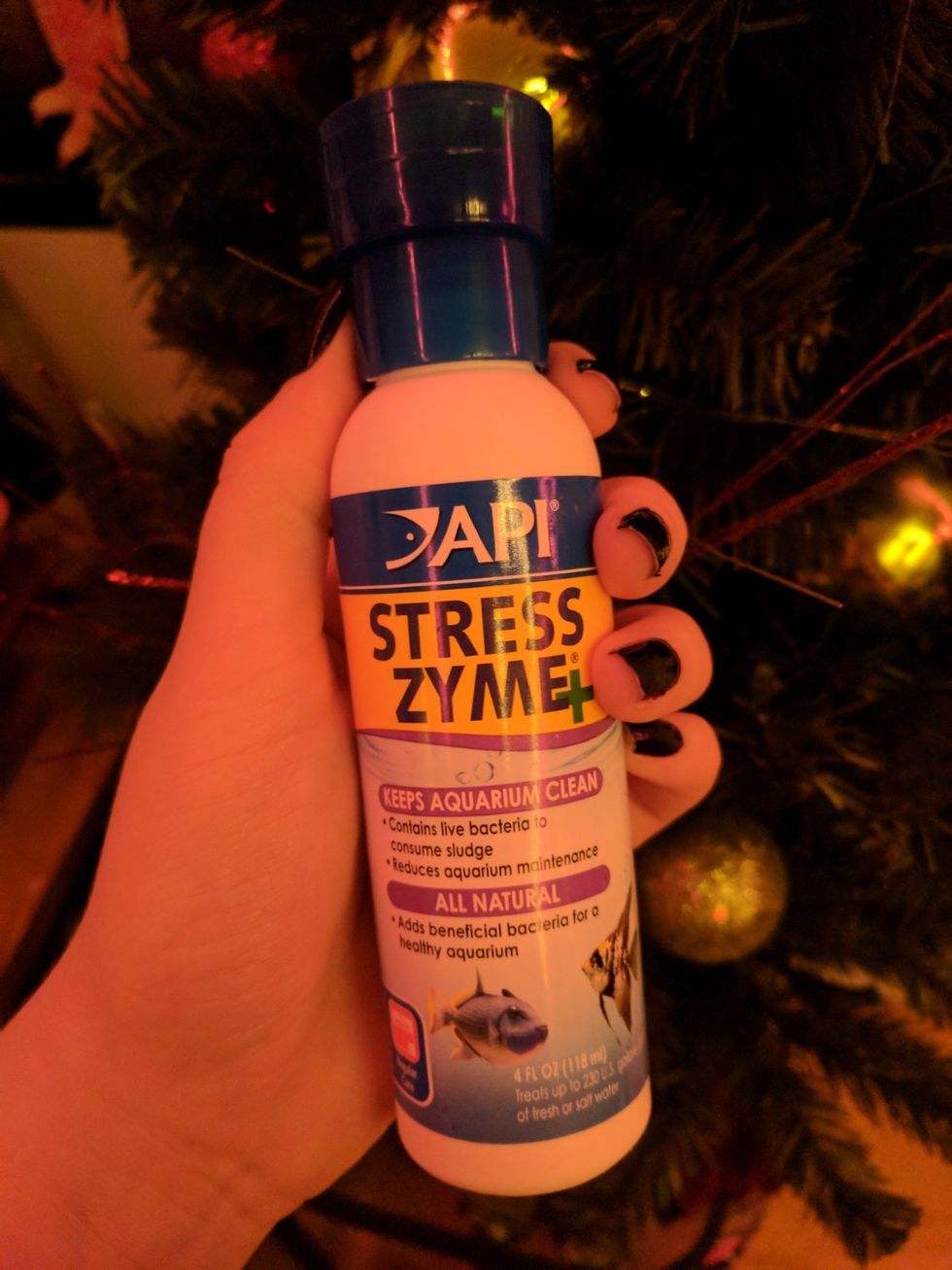

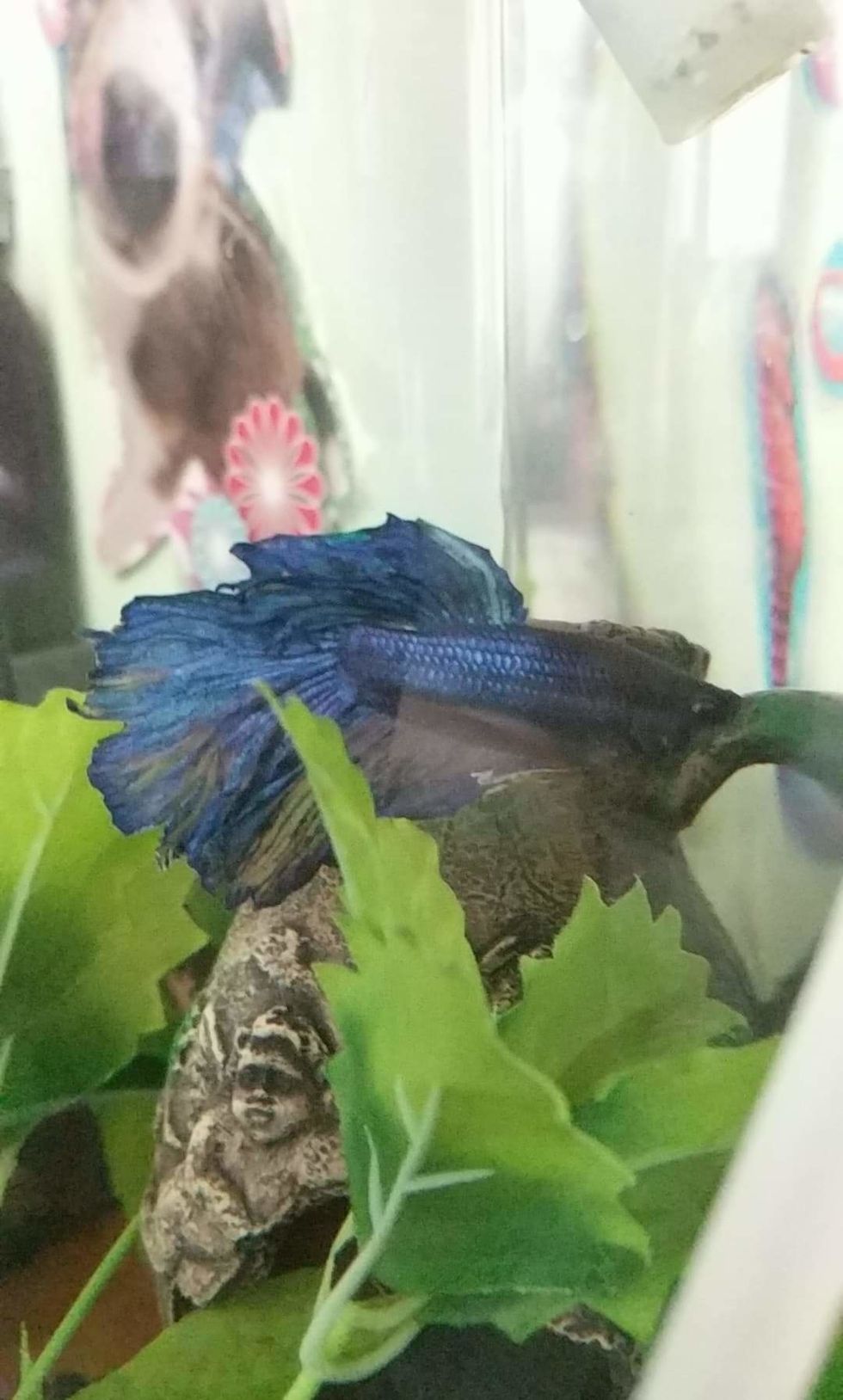
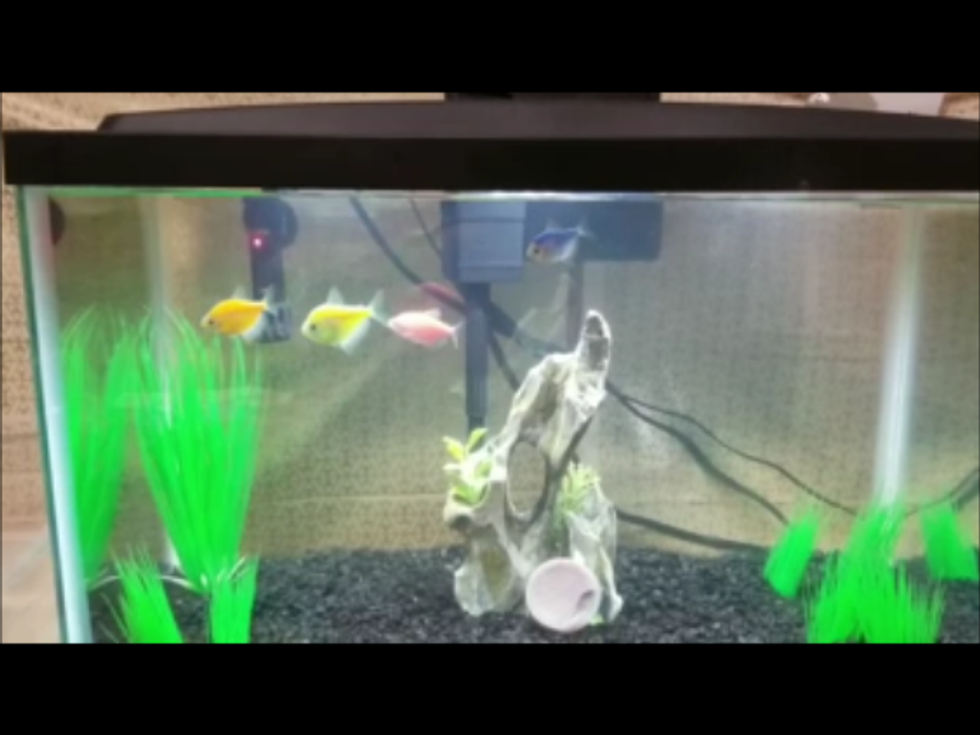
 Kimberly Lawton
Kimberly Lawton

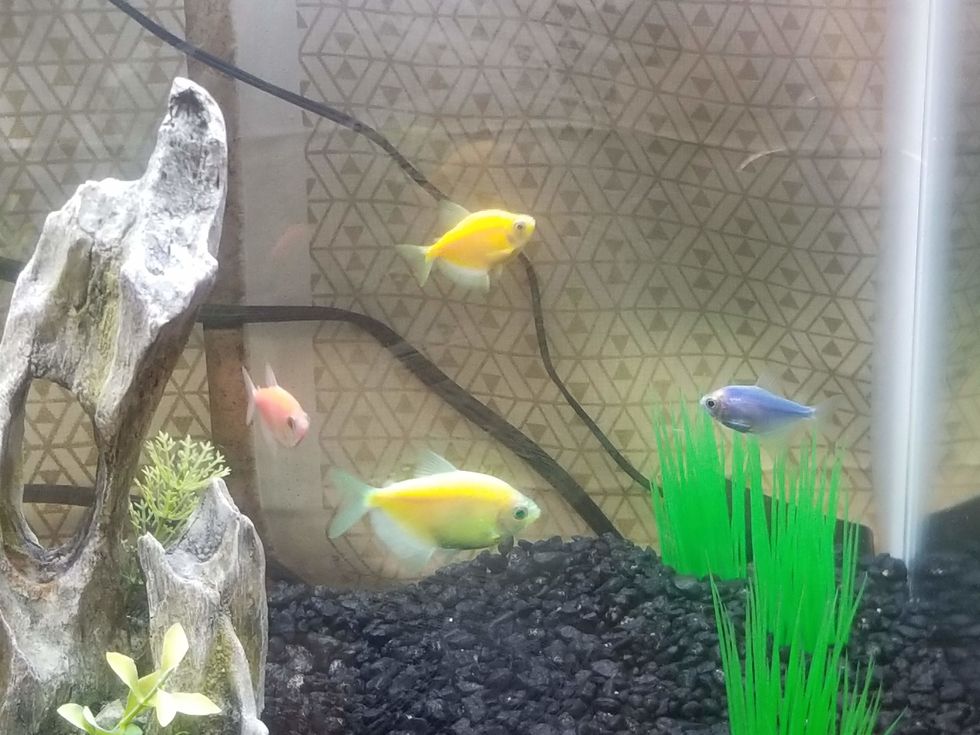
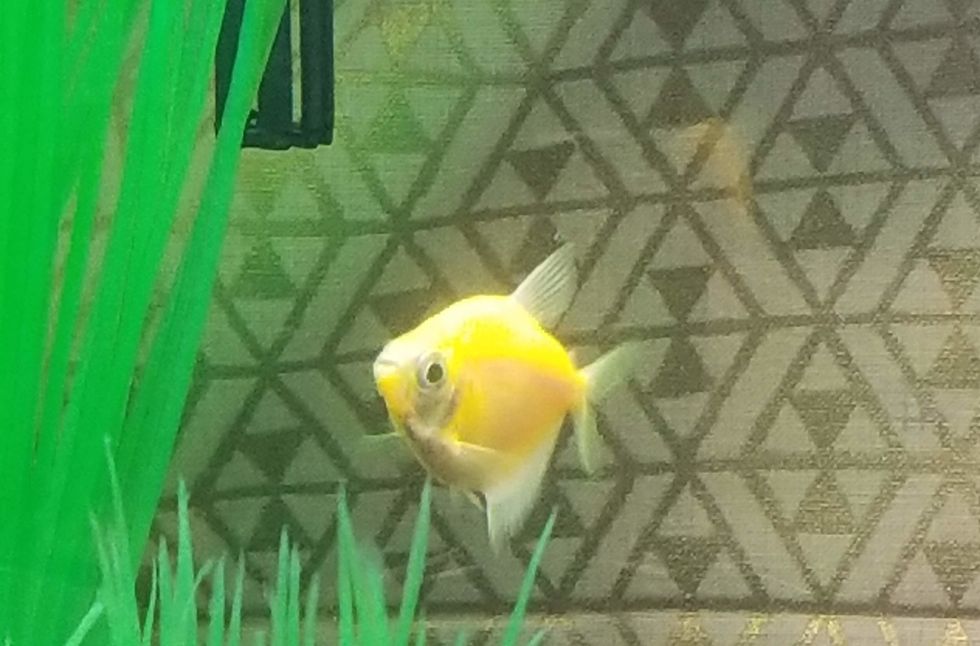

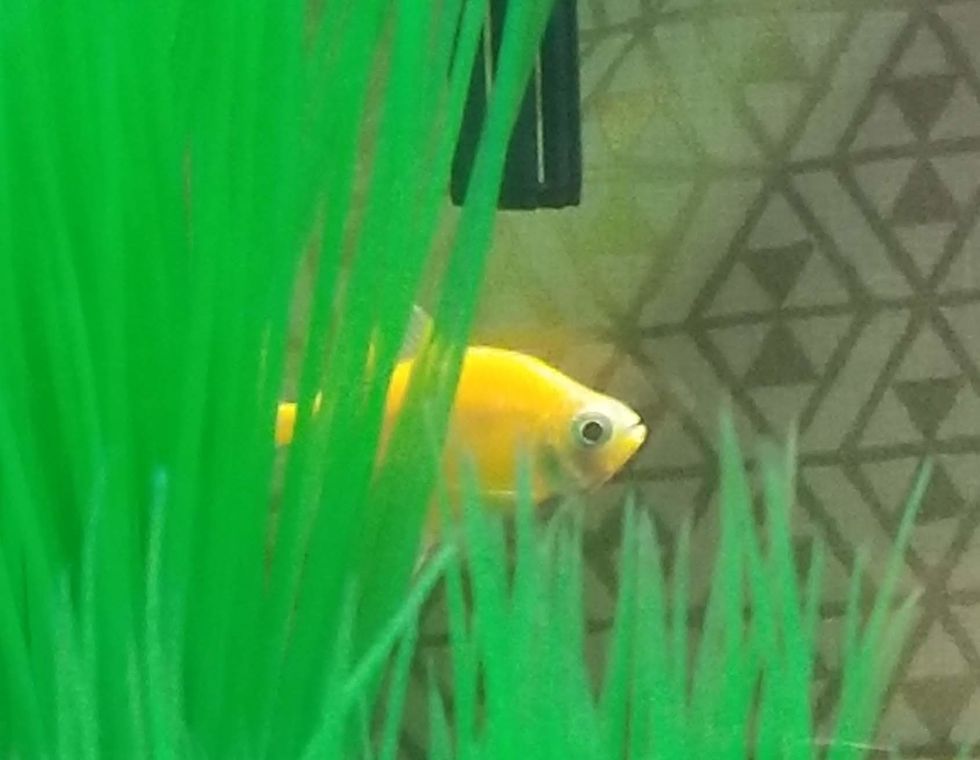

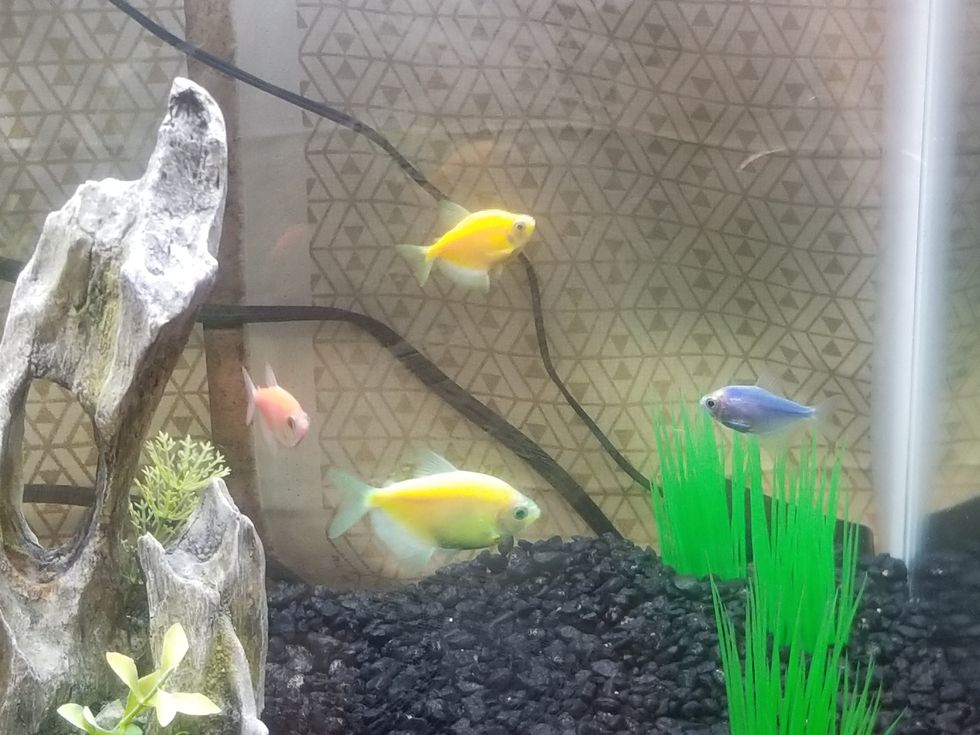
 Kimberly Lawton
Kimberly Lawton


















